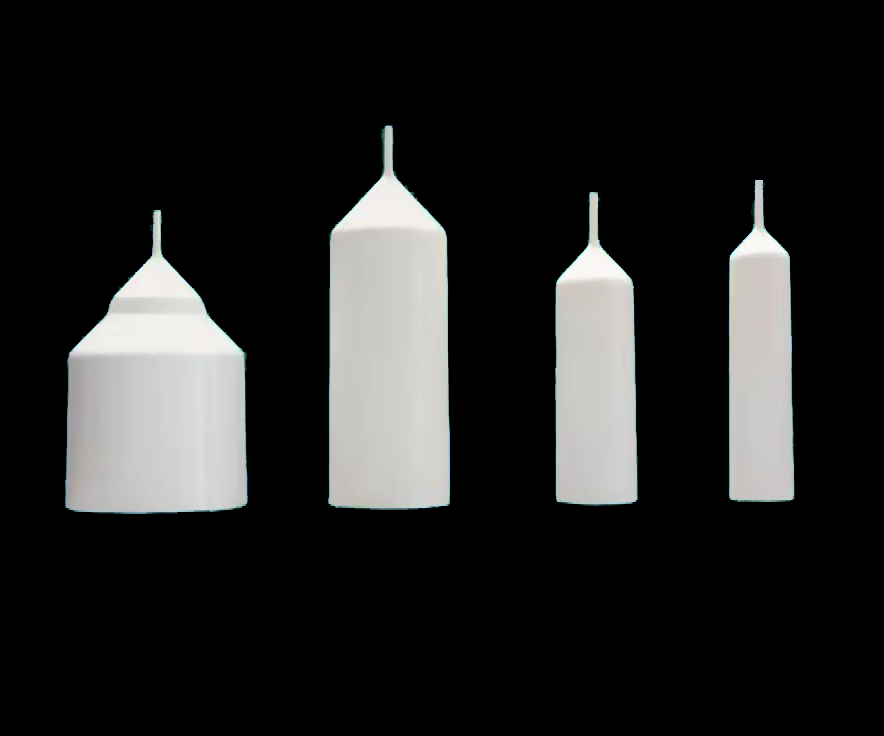
Medical Applications

The medical sector benefits from many properties of ceramics, such as inertness, non-toxicity, hardness, high compressive strength, low friction coefficient, wear and chemical resistance, sterile nature, ability to be manufactured with various degrees of porosity, very good aesthetics, and durability. Their brittleness is mitigated by the introduction of ceramic composites and nanostructured materials, and by processing, for example through hot isostatic pressing. Ceramic coatings are also considered in those cases when there is a need to rely on the substrate’s mechanical strength and toughness.
Bioceramics
Bioceramics refers to a class of ceramic materials used to repair or replace damaged bone tissue. They offer many advantages such as biocompatibility, non-toxicity, dimensional stability, and most importantly, bioinertness in endodontic applications.
Bioceramics are primarily used as medical implants, either in bulk form or as coatings or fillers. Orthopedic procedures involving the surgical installation of bioceramic implants include the replacement of hip, knee, joint, craniomaxillofacial, and spinal hard tissue, among others. The use of bioceramics has become popular as the world population continues to age.
Dental systems
Another medical application of ceramic materials is represented by dental ceramics, including orthodontic devices (such as braces), prostheses (such as crowns, and bridges), and implants (such as all-ceramic root implants).
Materials currently used in popular dental ceramic systems are silica, leucite, lithium disilicate, alumina and zirconia based materials. They have excellent toughness, strength and fatigue resistance, as well as excellent wear resistance and biocompatibility. In addition to this, aesthetically, ceramic materials can match the natural color of the teeth and perform better than traditional metal products.
Instruments and tools
There are several other important applications of ceramics in medical instruments and tools, including tissue engineering scaffolds; medical pumps; blood shear valves for hematology testing; drug delivery devices; piezoelectric components for medical tools and instruments; and ceramic-to-metal assemblies for imaging equipment. Also, ceramic particles and microspheres are becoming popular for cancer radiotherapy and other targeted therapies.
- Your Name (required)
- Your Email (required)
- Company Name (required)
- Country (required)
- Your Phone (Optional)
- Ceramics (Optional)
- Notes (Optional)
-
Attachment (Optional)
No file chosen
-







